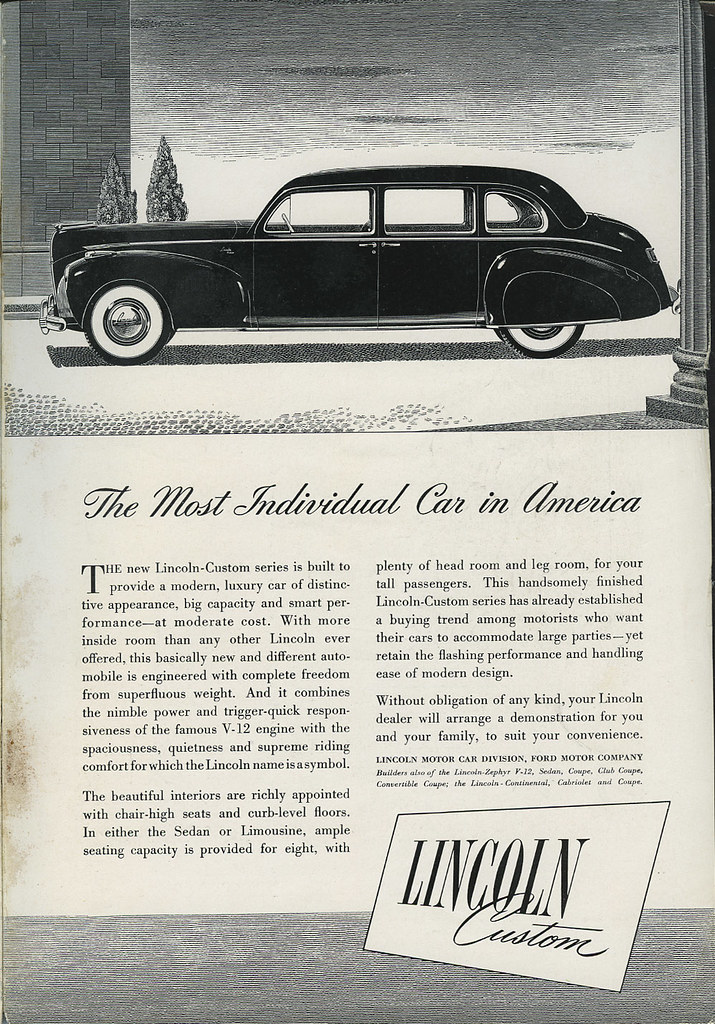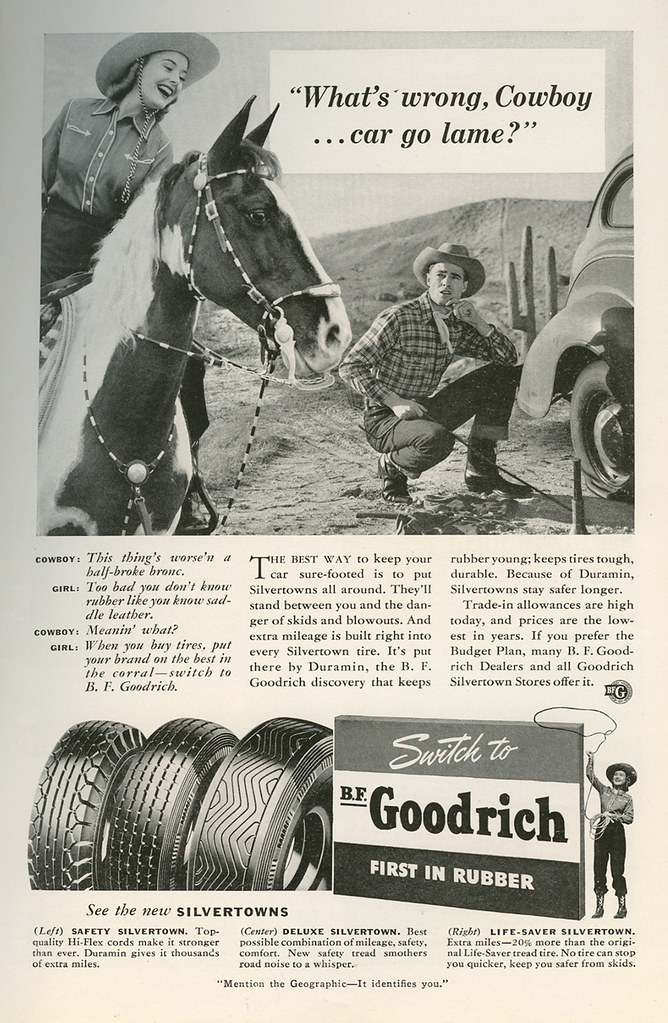In July 1941 you could still buy a car, but not for long. Soon the metal and rubber of this beauty was being used to build planes, tanks, jeeps, and ships. If you needed a new car during the war, good luck with that.
Click on image to see it larger.
This is a really nice drawing. From the looks of it I'd say scratchboard.
I can easily imagine a driver at the wheel with a fussy matron in the back. I can also imagine some pompous politician in the backseat puffing on a cigar.
Once upon a time cars were very distinctive. Now, they're all silver and look the same. Oh well. At least once upon a time a car could be a piece of art when it drove by. Now, not so much. Pure function, no form.














